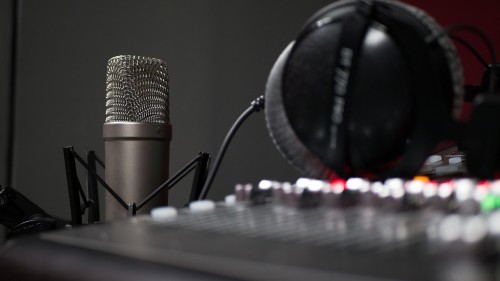Noise-cancelling earplugs have become increasingly popular in our fast-paced, often noisy world. As urbanization rises and noise pollution becomes a significant concern, many individuals seek ways to protect their hearing and find moments of peace. The effectiveness of these earplugs lies in their ability to reduce unwanted ambient sounds, providing users with a more serene environment. Whether you’re a frequent traveler, a student trying to study in a bustling café, or someone who simply values quiet, understanding noise-cancelling earplugs can enhance your quality of life.
The technology behind noise-cancelling earplugs is fascinating. They typically use active noise control (ANC) to counteract external sounds. This technology works by using microphones to pick up ambient noise, then generating sound waves that are the exact opposite. The result is a cancellation effect that significantly reduces the volume of unwanted sounds. This technology has advanced significantly, leading to more efficient and effective designs that can cater to various environments.
Different types of noise-cancelling earplugs are available on the market, each serving distinct purposes. Some are designed for specific activities, like sleeping, studying, or traveling. For instance, earplugs aimed at sleep may prioritize comfort and softness, while those for travel might focus on blocking out engine noise on planes. Understanding the various types can help users select the most suitable option for their needs.
Comfort is a crucial factor when selecting noise-cancelling earplugs. Many users find that the fit and material of earplugs can significantly impact their experience. Soft silicone or foam materials often provide a more comfortable fit, especially for extended wear. Additionally, custom-molded earplugs are available, offering a personalized fit that can enhance comfort and effectiveness. It’s essential to consider how long you will wear them and choose a style that minimizes discomfort.
The effectiveness of noise-cancelling earplugs can also depend on the environment in which they are used. In quieter settings, such as libraries or home offices, standard earplugs may suffice. However, in louder environments, such as concerts or busy streets, advanced noise-cancelling technology may be necessary to achieve the desired level of sound reduction. Understanding the intended use case can help users make informed decisions.
Health and safety considerations are vital when using noise-cancelling earplugs. Prolonged exposure to loud noises can lead to hearing damage, making it essential to protect your ears. However, users should also be cautious not to isolate themselves completely from their surroundings, especially in situations where awareness is crucial, such as walking in busy areas. Finding a balance between noise reduction and safety is key.
The market for noise-cancelling earplugs is growing, with various brands and models emerging. Each brand often has unique features, such as Bluetooth connectivity or built-in microphones for calls. Consumers should evaluate their needs and preferences when choosing a product. Reading reviews and comparing features can help in selecting the best option that aligns with individual requirements.
Noise-cancelling earplugs can also have a positive impact on mental health. In a world filled with distractions, finding quiet moments can help reduce stress and anxiety. Many users report improved focus and productivity when using these earplugs in noisy environments. This psychological benefit is an important consideration for those looking to enhance their overall well-being.
While noise-cancelling earplugs provide numerous benefits, they are not without limitations. Some users may experience a sensation of pressure in their ears, while others might find that certain sounds still penetrate through. Additionally, they may not completely block out all noises, particularly those at lower frequencies. Understanding these limitations can help users set realistic expectations.
Research into the effectiveness and technology of noise-cancelling earplugs is ongoing. Future studies could explore advancements in materials, designs, and technology integration, such as improved ANC algorithms or enhanced comfort features. Furthermore, investigating the long-term effects of regular use on hearing health could provide valuable insights. As noise pollution continues to rise, the demand for effective solutions like noise-cancelling earplugs will likely grow.
In conclusion, noise-cancelling earplugs offer significant advantages for those seeking to reduce ambient noise and improve their quality of life. With various types available, understanding your specific needs is crucial for making an informed choice. As research continues to evolve, we can expect further innovations in this space, enhancing both comfort and effectiveness. Future studies should aim to explore the long-term implications of using these devices and potential advancements in technology that could benefit users even more.

